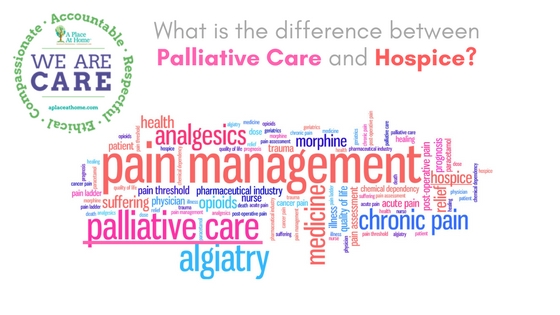Maribel Tobias-Ortiz, 20, has been named A Place at Home’s August Caregiver of the Month. She recently became a
caregiver with A Place at Home a few months back, but in that time, she has gone above and beyond to give her clients the best care possible.
“Maribel has only been with us for a couple of months and has already made a great impression with her clients. She is one of our top caregivers and we appreciate her being with
A Place at Home,” said Nick Bohunis, Staffing Services Coordinator.
Taking care of others isn’t something new for Maribel. From caring for her niece to assisting both of her grandpa’s during their end of life stages; she has always been passionate about helping those around her. One of Maribel’s grandparents battled with cancer for a few years, which ultimately led to him losing his eyesight, and eventually his life. Her other grandpa struggled with daily personal care, and while she did her best to help out, he ultimately took his own life after battling with depression for some time.
While it was difficult to watch her grandparents health disintegrate, these experiences are what shaped her. It was these encounters which led her to unearth her life’s purpose.
“I discovered my calling when I was a caregiver for both of my grandpa’s. It made me realize just how important the role of a caregiver truly is when someone is struggling to take care of themselves. I knew then that I wanted to pursue a career where I could have a genuine impact on the lives of others,” Maribel expressed.
Maribel has found A Place at Home to be an incredible stepping stone to
acquire the skills necessary for her future as a nurse.
“Through their training and understanding, A Place at Home has armed me with the tools and knowledge necessary to pursue a career as a nurse,” Maribel said.
Her client, Tag, and his wife Susie are incredibly thankful to have Maribel as a caregiver.
“She is proactive, passionate, reliable, and very positive. If anyone deserves it, she definitely deserves to be the caregiver of the month,” Tag’s wife, Susie said.
Congratulations Maribel and thanks for always showing A Place at Home seniors the CARE they deserve.
A Place at Home: Trust Us for Compassionate Senior Care
At A Place at Home senior care, we know that our in-home caregivers make us great. Our careful hiring practices and high standards ensure that seniors receive compassionate, reliable assistance with the activities of daily life. Our senior support services are planned around elderly individuals’ specific needs – and designed to maintain their dignity and independence.
A Place at Home caregivers genuinely enjoy caring for others. Together, we work to provide each senior the opportunity to live their best life.
Apply now or
contact us to inquire about becoming a caregiver with us.




